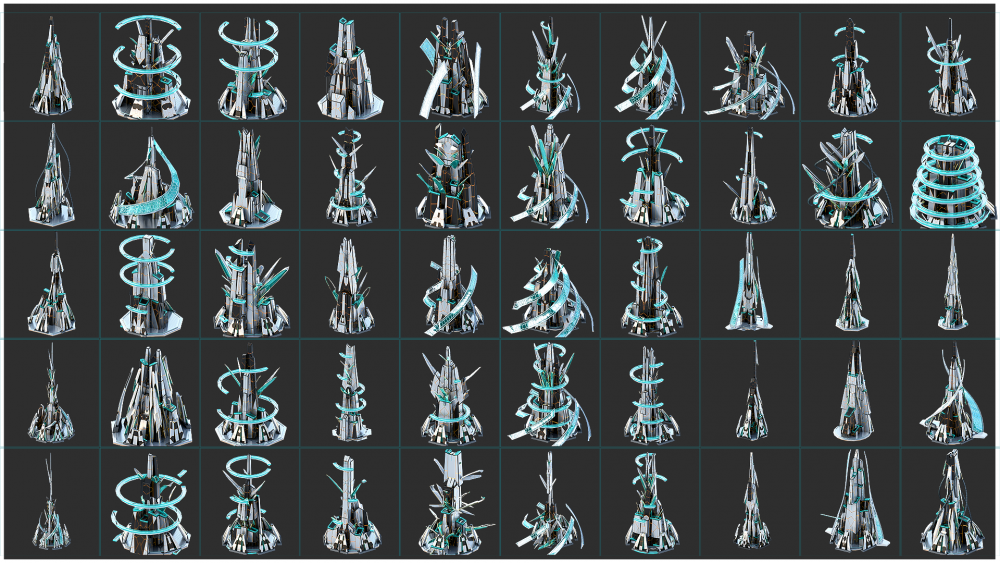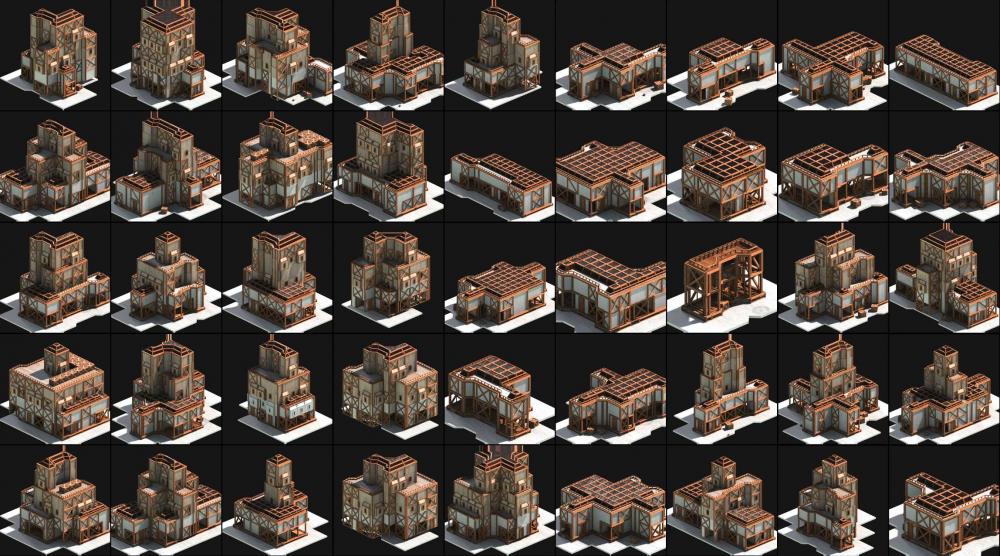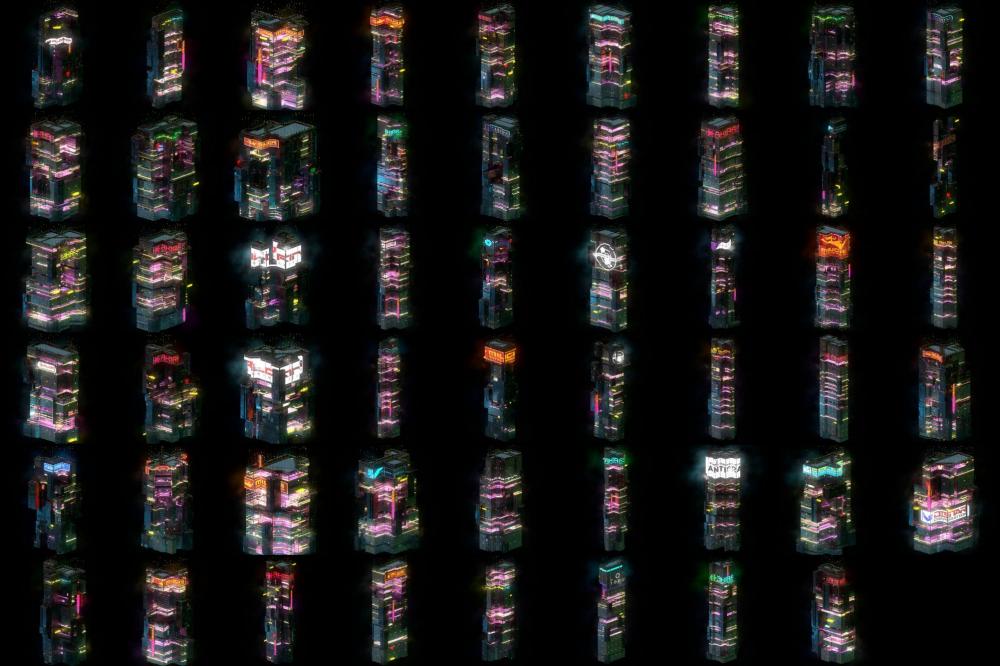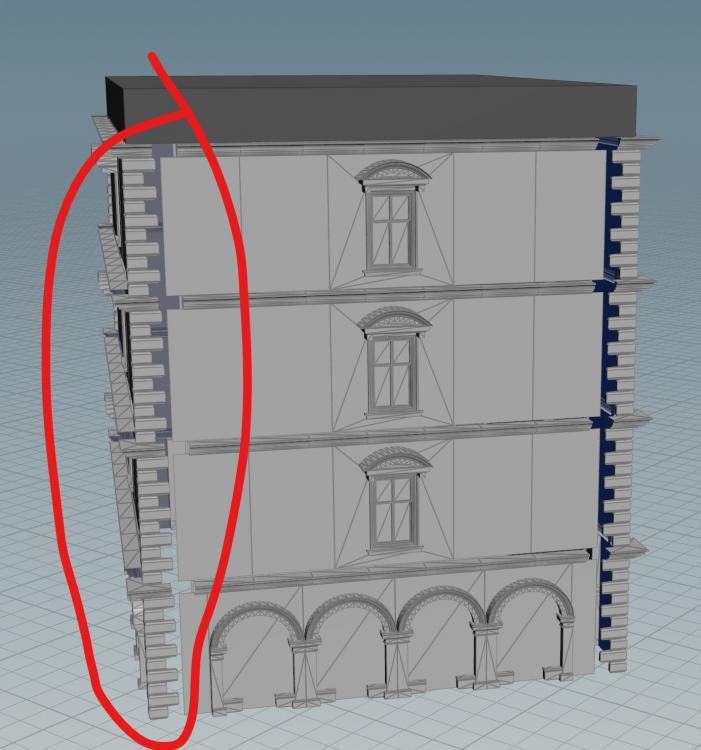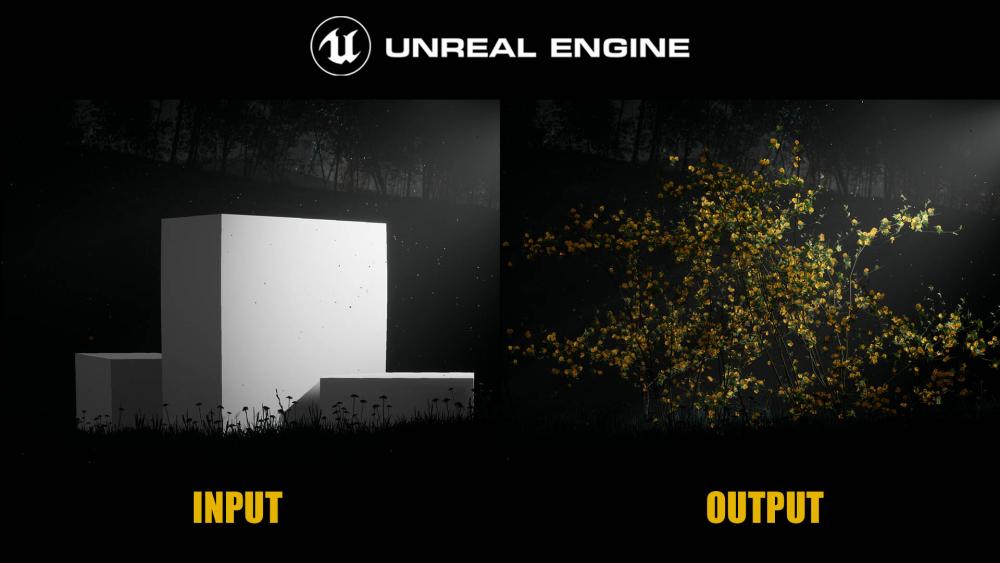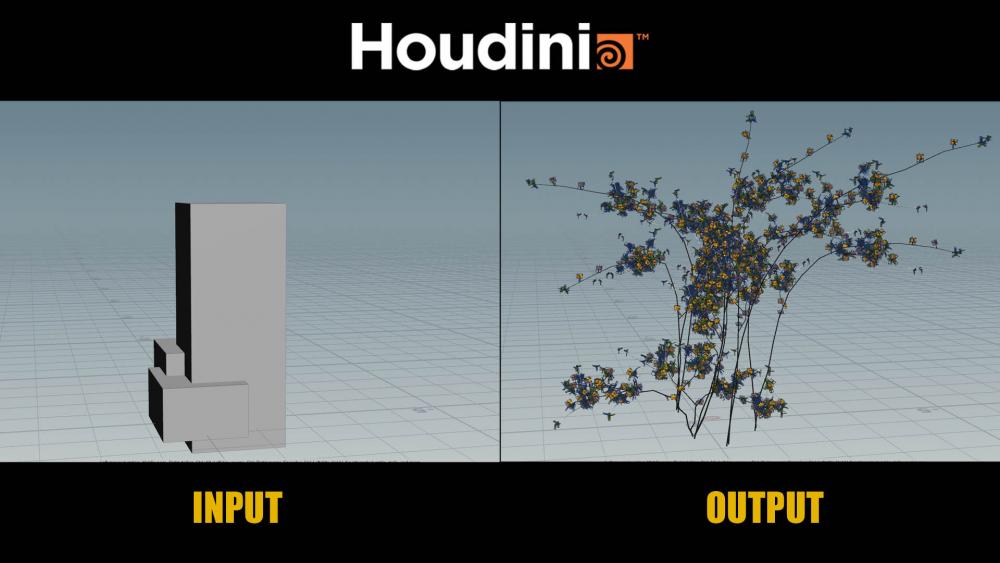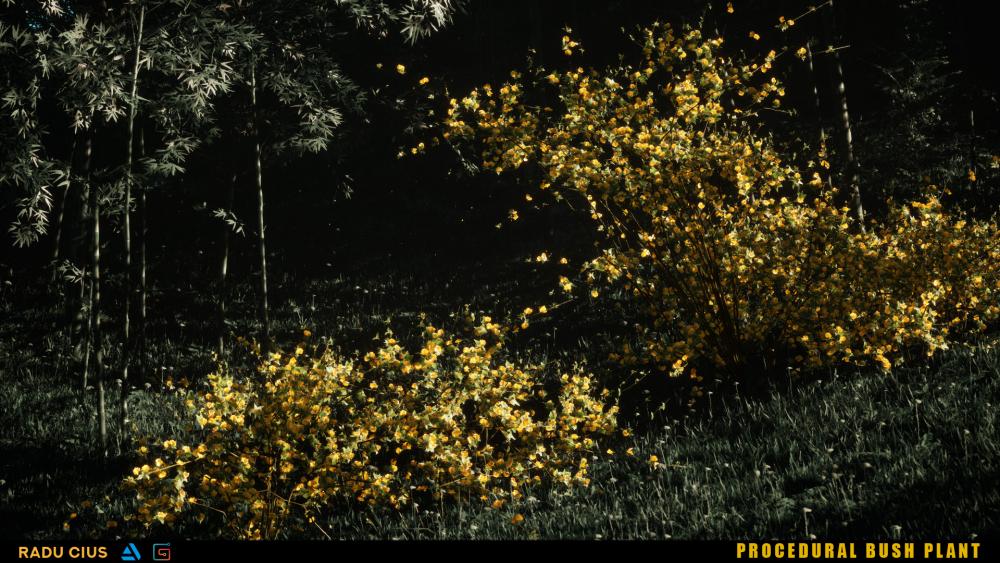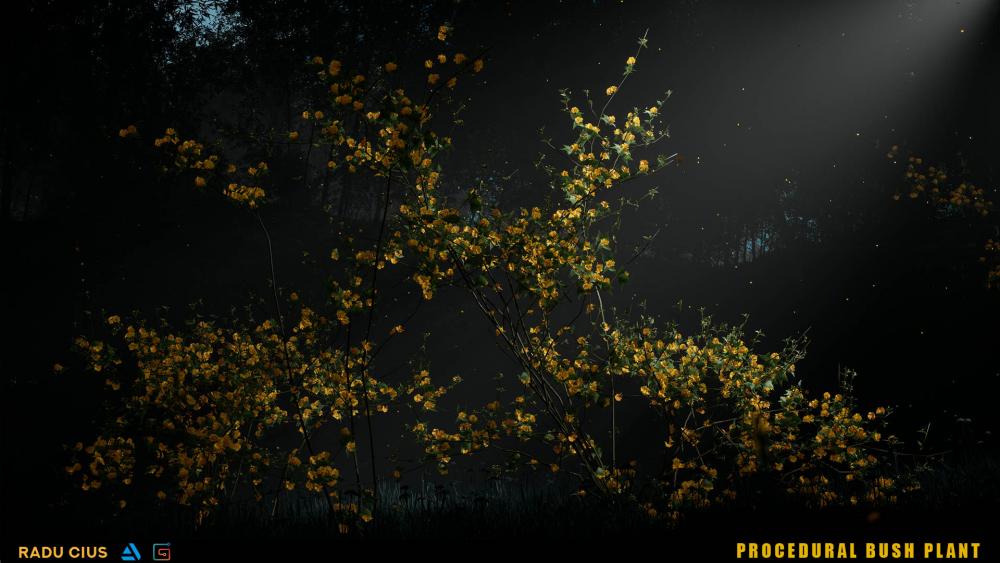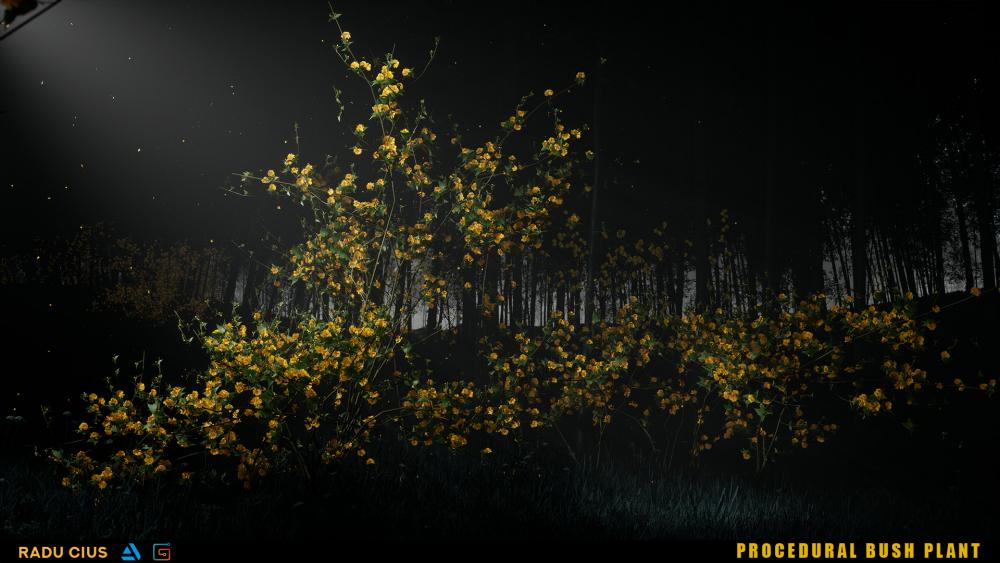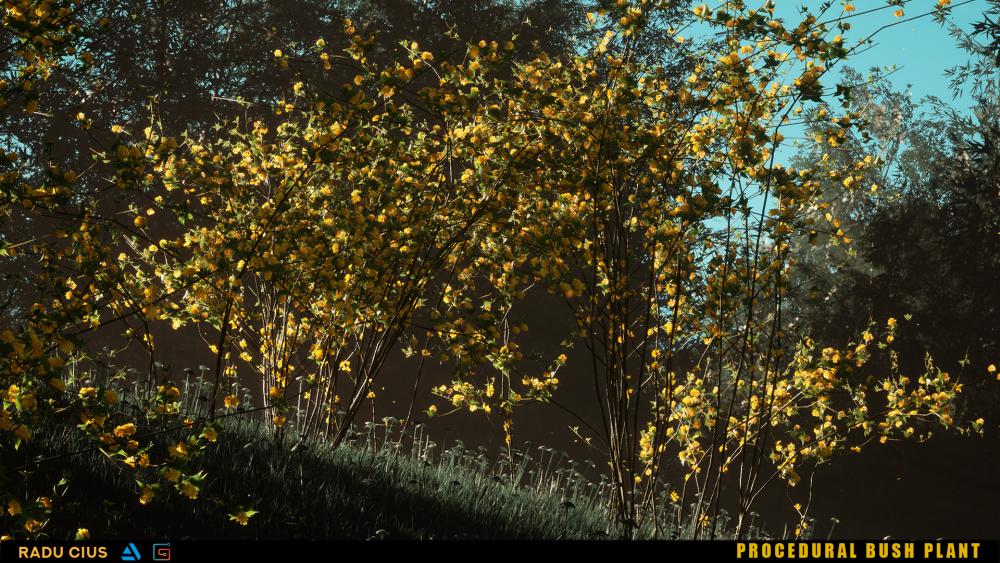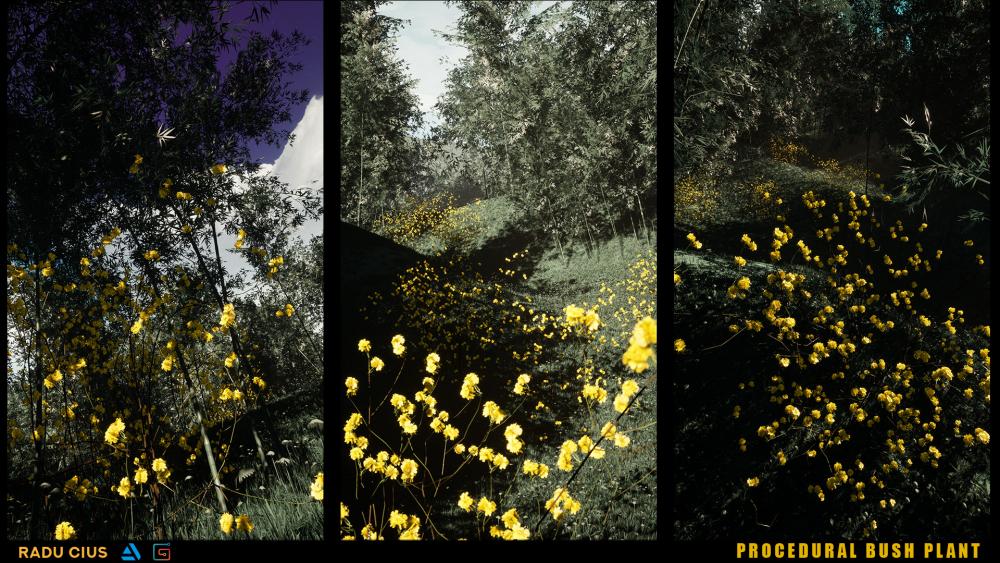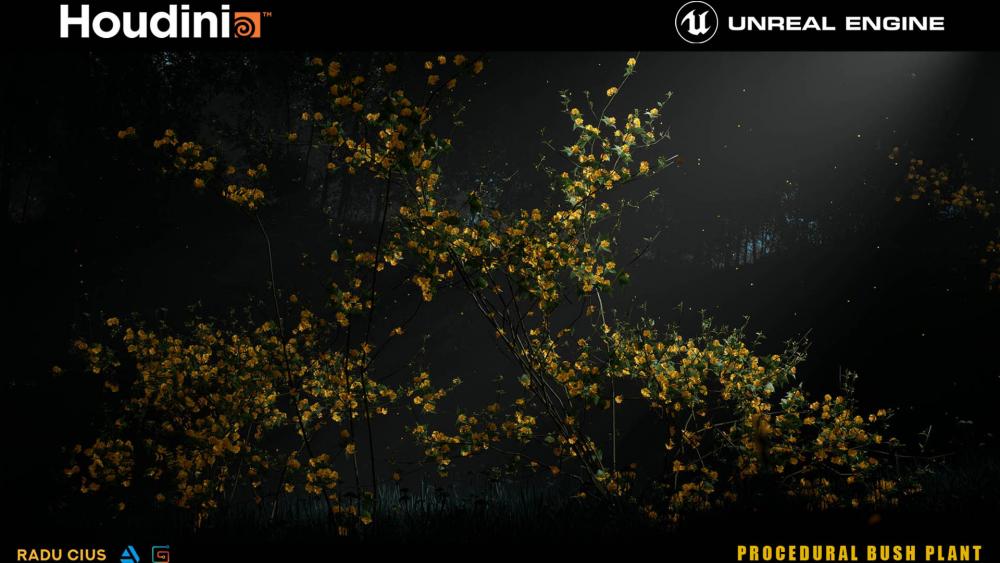Search the Community
Showing results for tags 'generation'.
-
Hi, I am Procedural Generative Artist. I am specialized in Procedural Asset Creation. I can create 3D assets for Games/Movies/3D Printing. My works have been featured in Several Websites. I am also able to create FX. You can see my reel below. I am looking for any kind of work. You can see my projects in pamirbal.com olcaytopamirbal@gmail.com
-
Hello odforce, first post on here. I'm an Houdini noob/rookie and I am trying to follow this tutorial from SideFX regarding OSM. The point of this project is to create a procedural city using the Labs nodes and Open Street Map however I can't seem to generate buildings without them having holes/gaps when I try to generate fbx files for the Corners and Ledges. The first image is with trims and corners, and the second image is with walls only which results in no gaps/holes. From my understanding it seems that the problem lies in the labs nodes and might be some sort of "bug". It might be worth noting that the modules/objects used for the houses are from said tutorial and that, yes I've fixed the Centroid on all the modules as well. Here is my file: OSM_city_1.hipnc Here are the files i used for this project: city.zip Here are examples of my issue Any help would be greatly appreciated! Tutorial link: https://www.sidefx.com/tutorials/city-building-with-osm-data/
-
In this tutorial you will learn how to create a procedural bush plant in Houdini 18. We will start with the generation of the stems whose height depends on the height of the boxes selected as input. The methods used in the tutorial offer full control over the shape of the whole plant and at the same time it keeps a natural look. As texture we will use vegetation atlas. Can be reused in different projects with different types of styles and provides the ability to speed up the creation of content for games. DOWNLOAD link: Gumroad: https://gumroad.com/rart#dCEnaM ArtStation store: https://www.artstation.com/a/49546 Video Presentation: WHAT'S INSIDE? 12 Video Chapters (4 hours of tutorial) Houdini 18 Project File Unreal Engine 4.24 Project File + all assets HDA Asset INTRODUCTION Chapter 1 Intro. 8 min. Chapter 2 Procedural creation of the stem. 20 min. Chapter 3 Generating the first level of branches. 21 min. Chapter 4 Generating the second level of branches. 7 min. Chapter 5 UV Unwrapping and Creating UV Layout. 10 min. Chapter 6 Creating HDA tool and Unreal Engine Test. 10 min. Chapter 7 Adding level three, branches with leaves. 45 min. Chapter 8 Creating the season presets. 50 min. Chapter 9 Completing the HDA. 34min. Chapter 10 Assignment of UE4 materials to Houdini Digital Asset. 20 min. Chapter 11 Adding details and particles. 19 min. Chapter 12 Unreal Engine HDA Test. 9 min. TOOLS Houdini 18 Unreal Engine 4.24 DOWNLOAD link: Gumroad: https://gumroad.com/l/dCEnaM/KERRIA_JAPONICA ArtStation store: https://www.artstation.com/a/49546
- 1 reply
-
- 1
-

-
- generation
- plant
-
(and 3 more)
Tagged with:
-
This procedural level design tool is the result of my graduation project and my dissertation study into: “The rules behind a procedural death match map generator”. This project earned me a 10 and allowed me to graduate Cum Laude (with distinction) from the University of Applied Sciences in Breda. It earned me the title of Bachelor of Engineering in Game Architecture & Design. This Thread has been updated following the completion of my Graduation project. This tool is designed to create fully playable complex 3D combat arena's for the Unreal Development Kit, with minimal user / designer input. But without taking away control. It allows for rapid iteration and testing, using a user-mediated construction method. With this tool, a level designer becomes a digital director. The generator constructs levels following the death match game-type rule sets of Unreal Tournament 3 and the UDK, discovered during my dissertation ( Specifically "Axon" faction levels). It is capable of creating fully traverse-able, multi-leveled, interior 'white-boxed' maps. Including path nodes, player starts, logically distributed pickups and decorative meshes. Think of it as a 3D sketch pad for level designers, where the results can be immediately play-tested. The tool is fully procedural, and the results can be exported directly to the UDK using the .OBJ and .T3D file formats. The generator is highly modular and can be expanded and adjusted easily to support other game-types or games. Many components of the generator have also been improved over the course of my graduation period. The user interface and workflow have been significantly tightened and are now easier to use. It features 3 levels of control, ranging from highly automated to deep manual control. When using only random results and manual overrides, the tool can be used to rapidly browse through and tweak possible level layouts in order to quickly prototype unique levels. While using manual input allows for deep and detailed control over every part of the process. A designer can have as much control over the final result as he/she wishes. The tool uses a user-mediated approach to procedural level construction, meaning that it requires a designer to determine the shape and layout of a level he/she wishes to create. The actual construction of said level however is fully automated. How it works: The tool is mainly based on volume conversion (Houdini's Voxels) and constructs a level according to a 3D grid. After the main landmark spaces are generated, corridor profile curves are established between them using a path finding algorithm written specifically for this generator by Leroy Sikkes. Following this, the corridors are assembled from a series of components by analyzing the profile curves. Where corridors interconnect, minor rooms are generated. Finally, the combined level mesh is processed to form an internal grid, which is used to create catwalks and ramps. The finished level mesh is automatically UV'd to identify different area's and the mesh is optimized. Various objects can be automatically or manually placed throughout the level. These objects by default will always try to ensure the spaces they are placed in remain traverse-able. Place-able objects include: pillars, columns, low cover objects, box stacks & railings. Next a path grid is generated throughout the level for AI navigation and pickup placement. This is done in layers, each representing a different form of player navigation. Using these layers and the level geometry, each point in the grid is analysed and compared to the rest of the level for the following data: Exposure, Space to move, Distance to Walls, Height advantage & Reach-ability. This data is used to calculate the risk or tactical value of each point on the grid. A designer can then designate a series of hot-spots. These hot-spots are locations that the designers wants to attract players towards. This can also be done automatically if so desired. A designer can let the tool create a random pickup load-out for the level, or specify his/her own pickups. Each pickup definition in the load-out menu as well as each pickup archetype has its own placement rules. Based on the pickups placement definitions, the risk grid and hot-spots in the level; pickups are logically distributed throughout the level. During the final step, the level geometry is subdivided and cleaned. The size of each segment is calculated and a series of meshes are assigned to their respective surface. All a designer has to do to play the level is export it from Houdini using the OBJ and T3D format & import the files into the UDK and build the pathing. This can be done in less than 5 minutes. The .T3D exporter used in Houdini is currently under development by Jan Pijpers. The main node graph of the level geometry generation (steps 1-6): http://img831.images...generatorgr.jpg For in depth information about how this part of the project was created, see my dissertation: Compressed: 23.5 MB: https://rapidshare.c...issertation.pdf Uncompressed: 77,5 MB: https://rapidshare.c...ertation_HQ.pdf For further information on how the generator is used, see the user manual: 12 MB: http://rapidshare.co...USER MANUAL.pdf Contact me at: Erwin Heyms Technical & Procedural Level Designer Erwinheyms@gmail.com (+31) 644101169 My Portfolio and Curriculum Vitae: 30,1 MB: http://rapidshare.co..._Vitae_2013.pdf My Linked-in Page: http://www.linkedin....eyms/24/687/243 A half hour presentation at the Global Game Jam - January 2013, that go's into depth on the project: [media] [media]To clarify, this tool does not "design" levels on its own, but it is based on the design rules discovered during my dissertation study. It employs a user-mediated approach, meaning that it requires a designer to determine the shape and layout of the level he/she wishes to create. The actual construction of said level however is automated. Randomized results can be used (to quickly explore possible solutions) during many of the steps in the process, but it is by no means required. A designer can have as much control over the final result as he/she wishes. Simply put: this tool enables a designer to rapidly prototype a level from the idea stage, to a play-testable stage, within only a fraction of the time it would have otherwise taken him/her. This procedural level design tool has several interesting utilities. Primarily, it is a tool that allows for the rapid generation of white box quality death match levels. Using it, a designer can quickly “sketch” out a level, make adjustment and play-test the result within only a fraction of the time it would have taken using a manual process. Secondly, with further polish and development, a generator such as this prototype could be integrated into a first or third person shooter. This could allow players to create their own combat arena’s without the need for complicated level editing software or level design experience. Furthermore, players could share their levels online, and download the best rated levels from other players, allowing for a nearly unlimited supply of levels and a longer game lifespan. With special thanks to: - Nathan Danïels, Elroy Aarts, Jesse Ravenbergen, Richard v. Beersum, Thomas Buijtenweg & Wytze van Balkom: Playtesting & Data capture. - Kim Goossens: My Houdini supervisor. - Ronny Franken: My level design supervisor. - Andrew Paquette: My art Supervisor. - Leroy Sikkes: Pathfinding Algorithm Script. - Jan Pijpers: Creator of the .T3D Houdini to UDK exporter. *Total accumulated cooking time of the demonstrated level inside Houdini took roughly 8 minutes. Construction of the level in my show reel took in between 2-3 hours + and hour of tweaking. NHTV International Game Architecture and Design The academy of Digital Entertainment
- 12 replies
-
- 6
-

-
- procedural
- Level
-
(and 3 more)
Tagged with:

